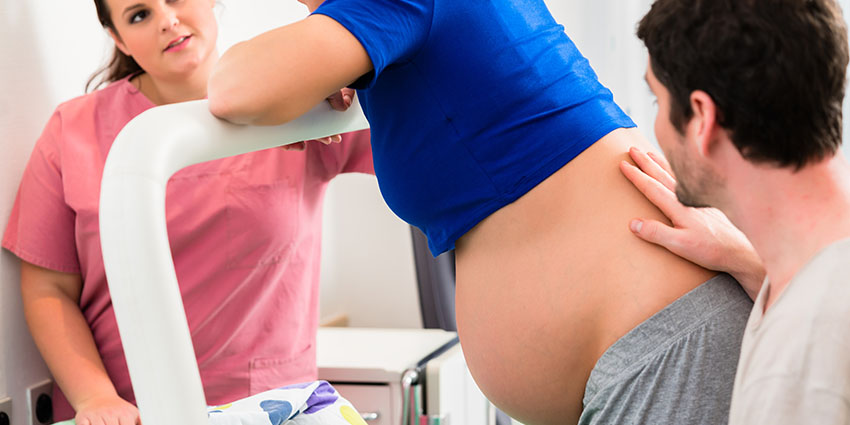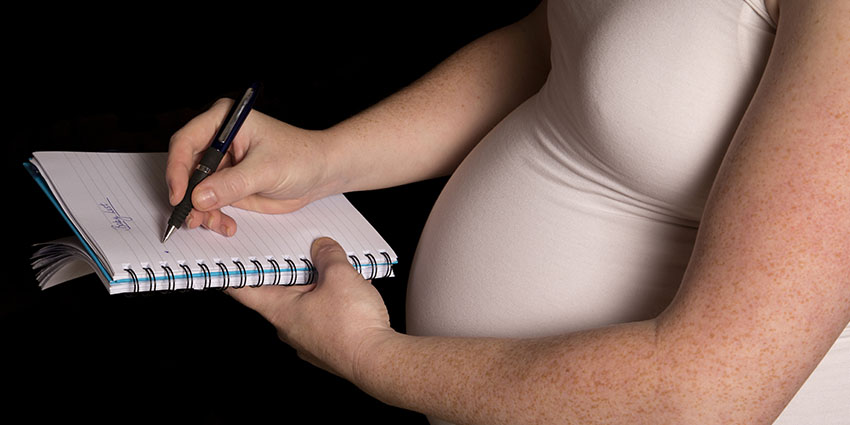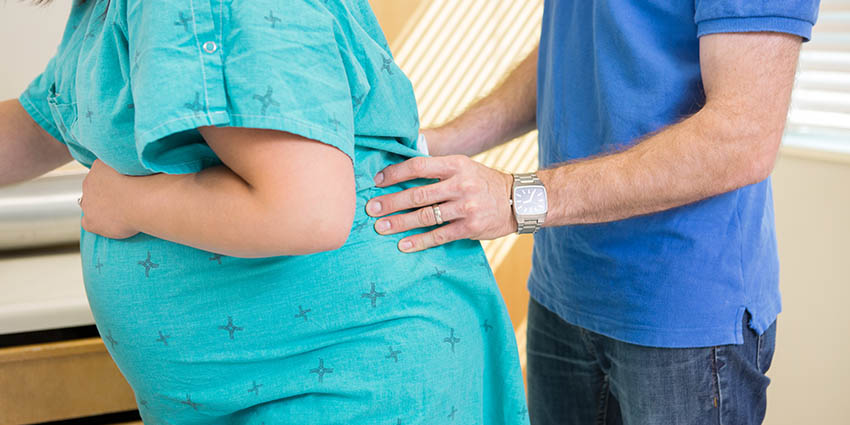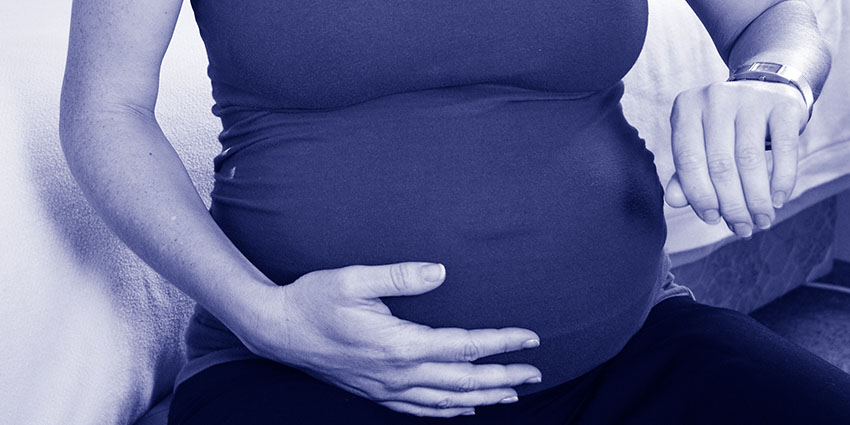There is scientific evidence that movement into natural positions while in labor can decrease perception of pain, shorten labor, and help the baby move down into the pelvis for birth.
In fact we often recommend that women walk in early labor to assist with the natural work her body is accomplishing. Most of the types of movement and position changes mentioned in this article can be done at home until mom is uncomfortable enough to go to the hospital or birth center.
Positions such as squatting and lunges can widen the pelvis providing more room for your baby to move down. Movement into these positions can be done by using stairs, low stools or squatting bars which your nurses can assist you in using correctly. Sitting on the commode is another way to help widen the pelvis.
Sitting on a round birthing ball with legs spaced widely apart will take a lot of pressure off your back. Be careful to have someone nearby as you get on and off for help with balance. Another favorite of mine is the peanut shaped ball that is often used in labor when women are tired and wanting to lie down. This ball is placed between the legs to widen the pelvis, it is changed every 15-30 minutes from side to upright sitting, then rotated to the other side.
Sometimes being on all fours on the floor or bed is comfortable and relieves back pain as well. I often have my couples “slow dance” in the room because the side to side motion can feel good and move your baby into a more favorable position for birth. Your nurse, doula or midwife can help use the bed, pillows and other props to get you into these positions and others.
Related Posts








